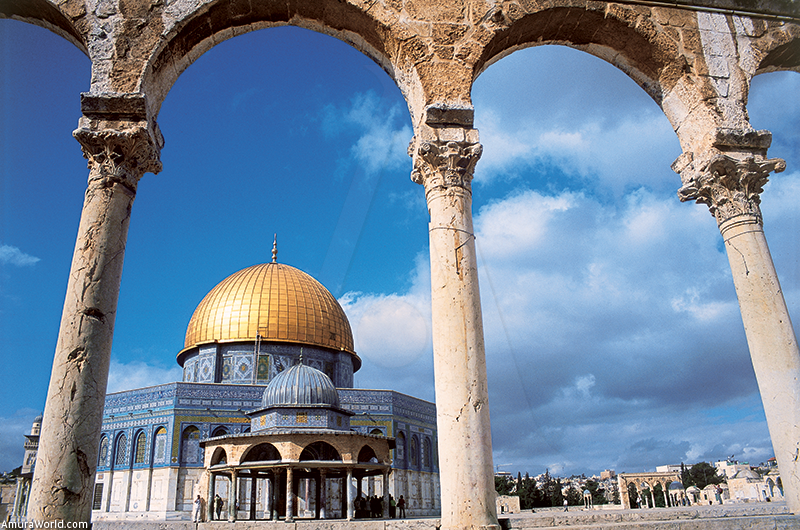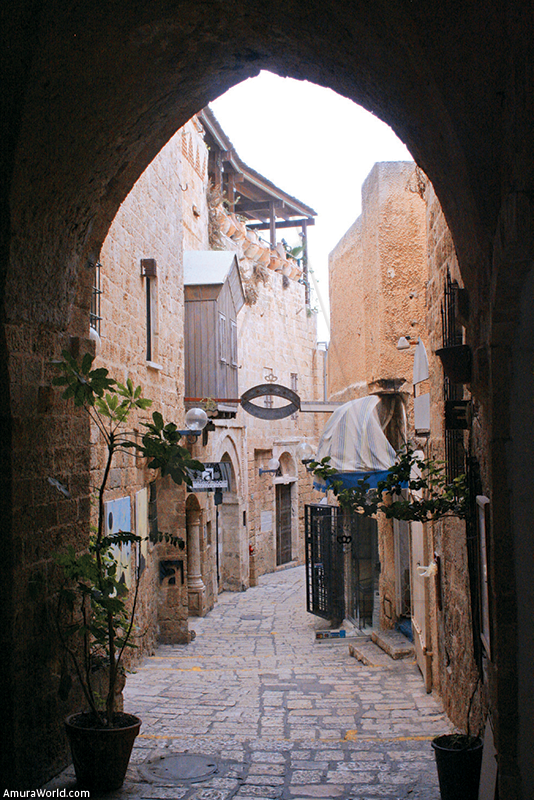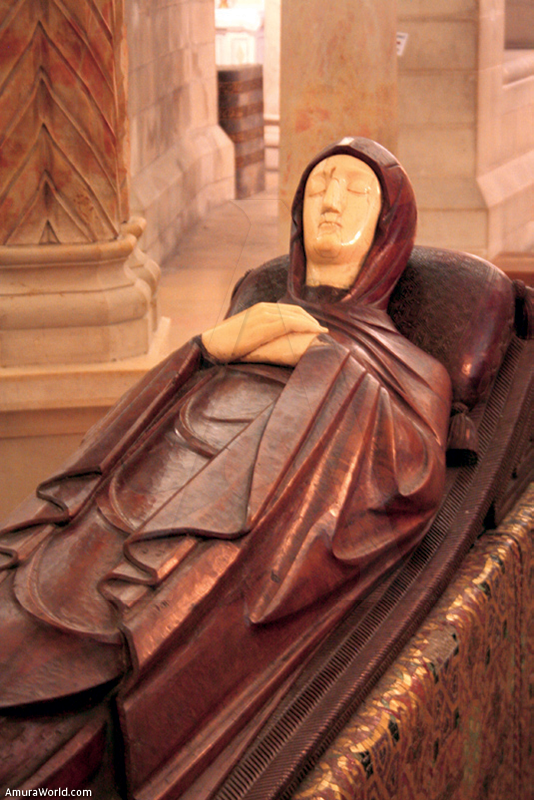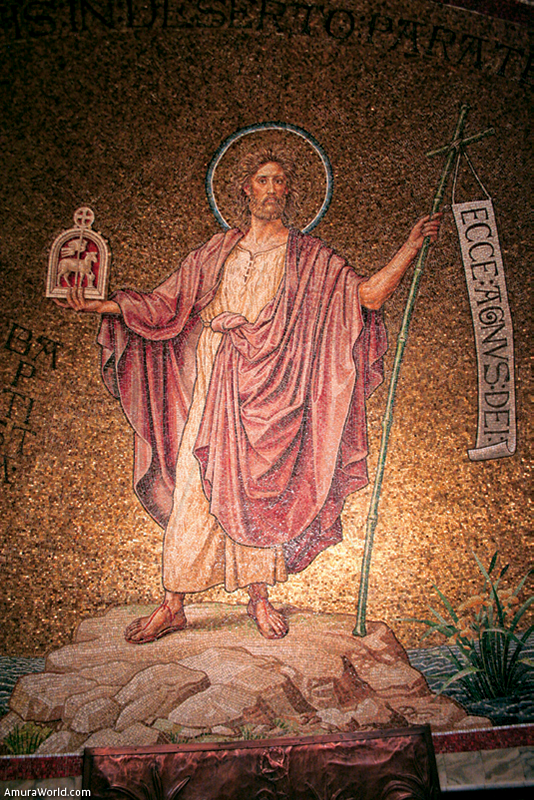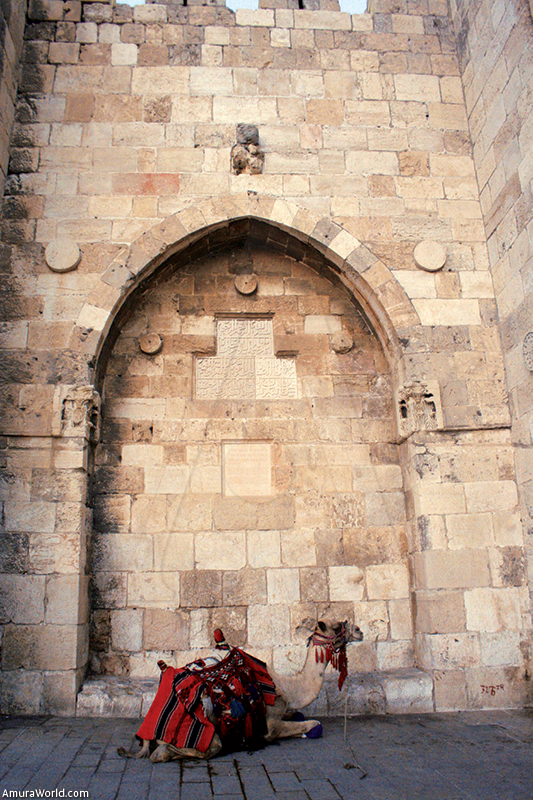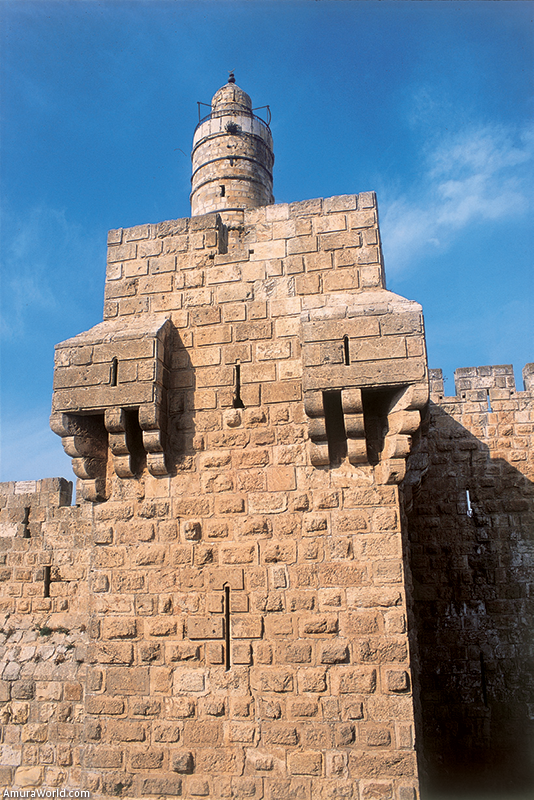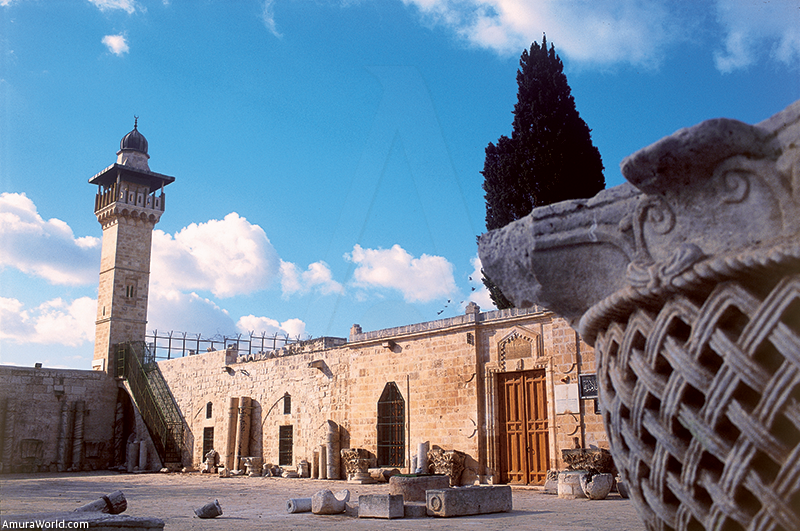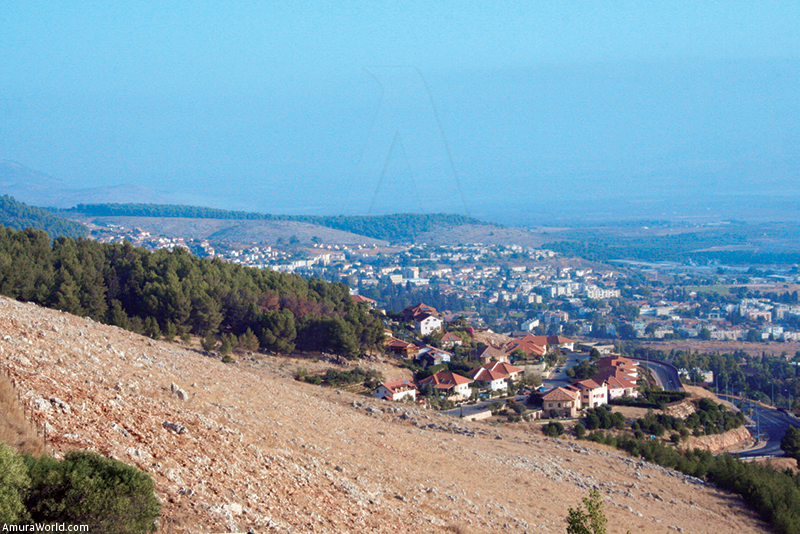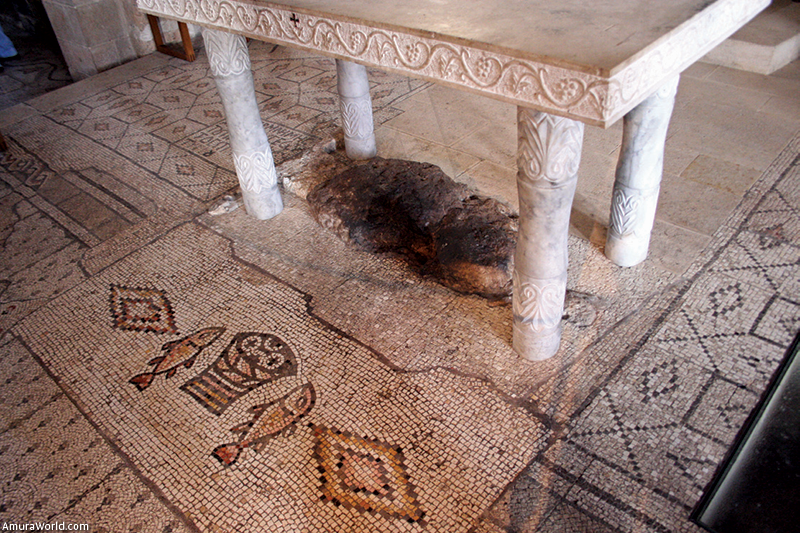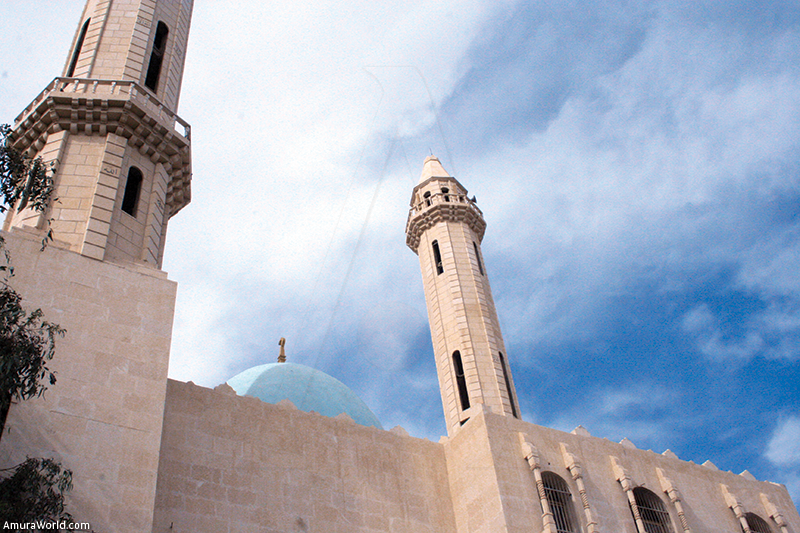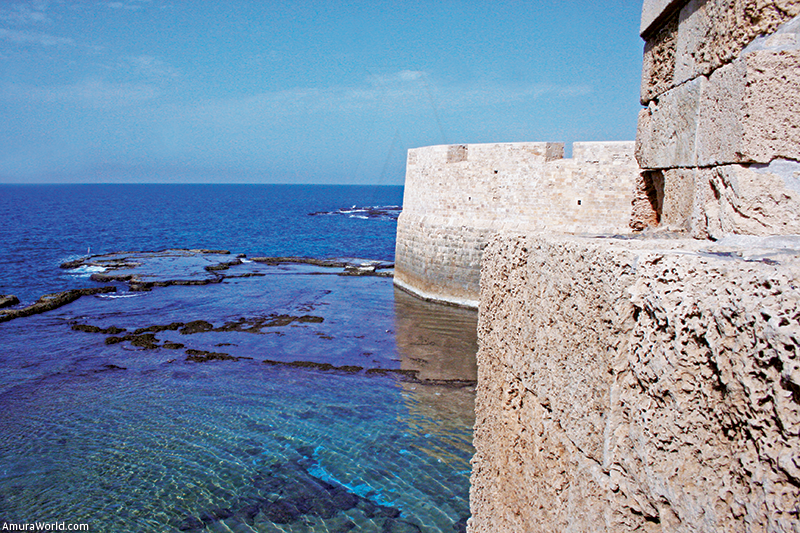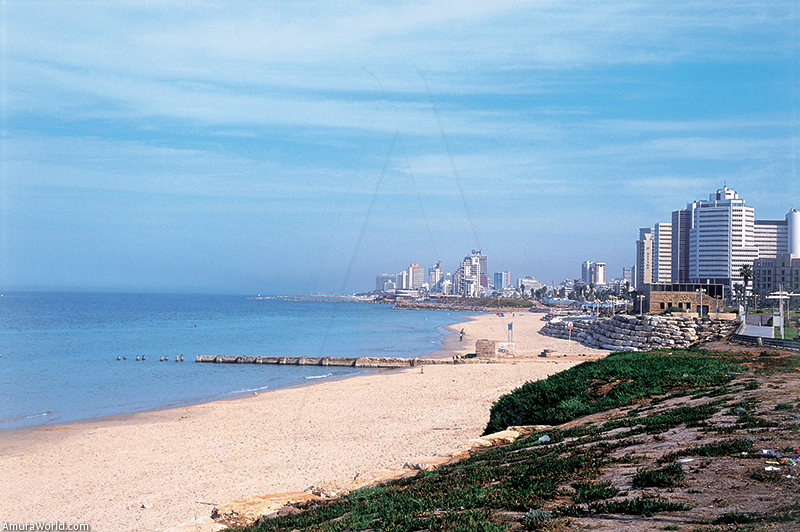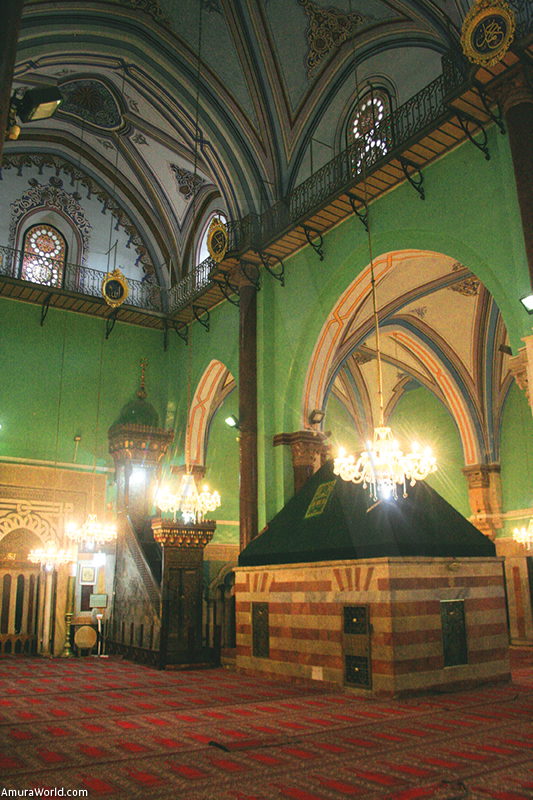We arrived at night at the airport of Tel Aviv and it was the four of the dawn when the taxi ran by a freeway that co-llapsed into some anonymous hills, taken a bath by the dry and unusual air. Jerusalem arose like a vision, the open door of Damask in the wall, lonely, imposing, an invitation to the mystery. When I entered in the American Colony Hotel, the scent of jasmine invaded me to create a virtuous value inside the anonymous thing, and the fever for the desire of discovering that historical where Jewish earth, Christian and Muslims claimed their sacred places.
Jerusalem, Through the Time
The east light painted the white stones of the wall when I came closer to her, the masterpiece of Suleyman, the magnificent one in 1542. To avoid the tumult of the bazaar of that historical area, I chose the New Door that took me to the Christian neighborhood where it is savored the steps of the time. I got lost for the calm alleys where the stores sold Christian relics, cures and orthodox priests walked searching the hidden churches in the stormy streets. I enjoyed a natural juice of grenade while it made me feel the waves that emanated of the old stones of that city who has seen the history of the world happened.
I reached a noisy congested alley of people, stores of cheap handycrafts, fruits and pastries and I escaped for another mysterious alley. A church opened its door, a mosque ran off its minaret and I strolled disoriented by a narrow passage. A great church arose, forgotten, encouraged for a crowd that penetrated in its bowels: it was The Sacred Sepulcher.
Laments, a smell of candle and a surprising force emanated of that place, where people cried on the stone where they washed Christ, they waited their shift to enter to the sepulcher and playing the stone that had received his body, to kiss the stone where the cross was raised, to cry of emotion where they nailed him, overturned by the force of the mysticism while a ray of light lit the great dome as a filament that united the passion, the fervor, the history and the legend.
Strolling for the alleys, I discovered the bazaars to arriving to the esplanade of the Wall of the Laments. Passing the security control, I fit into the crowd of men Hasidim (orthodox extremists) dressed of black with their hats, long clothes, beards and peyot (long ripples), leaning toward the imposing wall of stones, full of tiny papers inside the spaces among the ocher stones. Some of them murmured, others read the Torah, anothers cried but all prayed, some soldiers leaned on it like to pull relief.
Touching the stone, my fingers felt as if that wall vibrated with enigma. Could it be possible that so much energy be taken place by infinite whispers along the centuries has loaded the stone with energy? Could it be possible that force that the stone has stored is reflected? The night appeared from the east, the muslim who summones the faithfulls sang the pray time whose sacred mosque of the Golden Dome is exactly up of the wall, and the stars admired the steps of the history while I got lost in the same alleys that saw passing Christ or the King of Salomon.
I dedicated the days to impregnate me of the smells of the city and their markets. From the top of the Mount of the Olive Trees I admired Jerusalem with the steeples and towers of mosques, observing the Golden door obstructed by the Muslims that believe that across it the Messiah will enter. The olive trees adorn the cemeteries whose deads will be the first ones in being revived on the day of the judgment with the Messiah’s return, and to the foot of the mount I visited the millennial olive trees of the intriguing garden Gethsemane whose stormy trunks spoke of the past.
The church of “Our Father” protects the stone in which Jesus taught the prayers and the Virgin María’s supposed tomb, built by the crusaders in the XII century, it is an intriguing orthodox church where the multiple lamps adorned the air of incense.
Going by San Stephen’s door or Lions´ door, I followed the Painful Road, the way that Jesus took toward him crucifixion, visiting the stations, marking steps on the prints of those that saw him crossed, feeling the tears that bounced on the stone. I ended to the sacred sepulcher, full of fervor nun and I went all over the bazaar until arriving to the wall. It was Thursday, day of Bar Mitzvah and there was children who were 12 and 13 years old whom loaded the Torah, the sacred book that contains the 613 commandments of Jehovah, they danced, sang, prayed, hugged each other and kissed with tears of emotion, and the women observed their men from the reserved enclosure to its use. The Shofar (horns of Ram) sounded, the screams resounded on the stones of the wall, leaving me amazed, wrapped in that festivity.
Walking for the wall, I discovered the stupendous door of Jaffa protected by the citadel and the Tower of David, and I went by the Door of Zion, famous for the dramatic assault of the Jews in the Arabic-israeli war of 1948. The alley smelled like cypresses and it took the way to the church where Maria the Jesus´mother died; on her crypt, there is a superb sculpture whom represents her sleeping with a face made of ivory.
Corner of the Past
I also entered in a strange former mosque which it is in the low part the king’s tomb David, one of the most sacred places in Jewish pilgrimage, and it arrives the supposed room of the “Last Dinner”, built by the crusaders on the original place, transformed into mosque, recaptured by The Vatican. In the same building, like for magic, the three religions that adore to the only God are unite in harmony.
Finally I penetrated into Muslim enclosure of the Haram Ash-Sharif. It is located in the mount Moriah where there was a rock where Jehovah ordered Abraham to sacrifice his son Isaac because he wanted to check his faith and the boy was replaced by a lamb in the last moment.
Salomón built the first temple around seven years and he consecrated it when he placed the Ark of the Alliance on it. The temple was destroyed by Nabucodonozor (586 B.C.), it was reconstructed (515 B.C.) and the Herodes King elevated the wall for stuffing and creating the even square. The Romans destroyed it and they built the temple dedicated Zeus then it became into a church.
The prophet Mohammed announced to his pupils that he had visited the Mount for praying in one night and the following day the Miraj happened (the Ascension to the paradise to unite with Allah). Then the temple became the third sacred place for the Muslims after The Meca and Medina and the Dome of the Rock was built with its golden dome (688 A.C.) to cover the famous rock.
The mosque Al Aqsa rises on that enclosure , the Dome of the Chain with their beautiful mosaics, the Dome of the Ascention, where Mahoma prayed before ascending, a beautiful Minbar or stone pulpit and the monumental doors. The wind with scent of cypress wraps the mysticism that arises of each stone, arch or wall while the Golden Dome shines as a religious lighthouse. The legends mix with the historical facts, the vestiges don’t belong nobody and the men concern the silence.
Jerusalem is also an invitation to discover the alleys of the Muslim neighborhood, the hidden Russian chur-ches, armenians, the Ethiopian Monastery, Saint John the Baptist church (the oldest in the city), the remains of the Mameluke buildings, The Soco, the synagogues. In each corner the time is savored lost in the past.
Heading for Galilee
We go toward the north, going by Jericho, whose wall was destroyed by the sound of the trumpets according to the Bible. Lowering the green hills that become arid and yellow, we arrive to that valley where the Jordan runs before ending in the Dead Sea. When the Israeli control closes the way to the lowest city in the planet happening (260 meters under the sea level) and the oldest always inhabited, they interrogated me, we laugh and they wished me good luck as if I entered into the hell.
Jericho is a calm Palestinian city, squashed by the heat and the dry air that it smells of grasses. People looked at us with surprise, they wanted to converse and they laughed when I spoke to them in Arabic-Moroccan. Toward the north, we meet with the destroyed highway and we had to take a difficult Palestine road, where the women cover the head and the men work the earth. Another Israeli control announced us that we left the Palestinian enclosure.
The desire to know Nablus, the city of the 30 minarets, it took us to cross the superb mountains, covered with olive trees, where the olives about to be harvested, exploded in green or black. The Jewish community of the Samaritanos believes that of the Mount Gerizim, near Nablus, Jehovah took the earth to create Adam. An important Israeli control closed the step and a soldier told me: “you can go if you want, but you can not go with that car because they will throw stones. Here it is a nest of terrorists and there are many risks. You would have to take a taxi from here”. Not very convinced, intrigued and lonely of seeing Palestine so blocked, we decided to return to the highway 90.
Following the Valley of the Jordan with their fields of dates and cultivations amid the desert, we arrived to the Sea of Galilee. We visited the sacred place where the Jordan River leaves that great lake and we boarded our boat. Their bank is replete of hotels, restaurants, private beaches, camping sites, ships and jet ski, swimmers, and it is adorned of plantations of palms of dates and vineyards, surrounded by mountains of color ocher.
Located 200 meters under the level of the sea, with 55 kilometers of circumference, it is an important reservation of water of Israel, it used for houses and fields. We visited Tiberias, a city created by Herodes Antipas in the first century A.C., where the mosques cohabit with the churches, the synagogues, the springs of hot waters and famous rabbis’ sacred tombs like Maimonides, Meir Ba’al Hanes and Akiva.
We explored the calm East Cost, and we navigated toward the north where the bank takes the green tone of the grass. The Mount of the Beatitudes, where Jesus gave his sermon, it dominates the region and we approach in the place of the multiplication of the breads and fish, where now there is a small church with its superb mosaic that it dates of the V century.
Capernaum, our last stage, shines the ruins of an old synagogue richly decorated and San Pedro’s house where Jesus lived. It was as returning more than two thousand years ago in the time thanks to those built walls and that they point out where and who happened here. It is an intriguing place on the lake´s bank, loaded with the energy of the sentences that have saturated him during centuries.
We followed our journey by car to Mizpe Hayamim, a hotel, nested in the mountains of the High Galilee, with a view toward the Plateau of the Golan, an elegant type of Kibutz what it consumes in their farm takes place. With a magnificent view on Rosh Pina and the Valley of the Jordan where the vineyards are extended, the Mizpe Hayamim is a place of charm in those mountains dominated by the Har Meron, the highest pick in Israel with 1,208 meters where the tomb of Shimon Bar Yochai is located.
Traveling the North: Nazareth and Acre
We arrived to Nazareth by a meander highway, an imbricate city among the mountains, incomprehensible and where the great dome of the modern Basilic of the Announcement, the biggest Christian building in the Middle East that protects the place where the Angel Gabriel announced Maria her pregnancy.
The remains of the small church of the V century built on what was Maria’s grotto-house, it is one of the worshipped places visited by Christians. They invite to meditate on the history of that village that today lives to the rhythm of its market and of the pilgrims.
We reached the city of Acre or Akko, where the ancient part preserves its wall while the modern part invites to enjoy the beaches. To walk for the alleys of the walled part it was a pleasure, admiring as the waves of the Mediterranean shone with the sun while we enjoyed an exquisite meal of fish and shellfish.
Reputed as one of the built older cities toward 1,500 B.C., place where Hercules cured his wounds, it has always been an important port, visited by Great Alejandro, Ptolomeo, Roman, Muslims and crusaders. Mainly Arabs, it is a true labyrinth of alleys and tunnels that takes to some elegant caravanserail, mosques, churches, the crusaders’ galleries, their colorful bazaar invaded by the scent to bread and pastries. Acre conquers for the atmosphere full with scents to grasses, flowers and fish.
We began our sailing from the coast, toward the south. We passed Haifa, the important port with their mass extended in the skirt of the Mount Carmelo, second city of Israel. The beaches of sand were alternated with rocky areas, the sea shone a color jade or turquoise, and we arrived to Caesarea, city created on 22 B.C. by Herodes for being the capital with its port. It was this way during centuries, as they attest it their great amphitheater, their race track, palaces, bathrooms, their marble floors and their elegant columns, their aqueduct. It belonged owners several times, among Arabs and medieval times, until being abandoned in the XIII century. Their sleepy ruins transmit a serene feeling, imagining the greatness of those commercial warehouses and the elegance of their palaces.
Jaffa and Tel Aviv
With a calm sailing we reached Tel Aviv, the great city of the sky-scrapers aligned along the coast, with their long beaches of sand, their hotels and restaurants, their city atmosphere in perpetual vacations. We disembarked in the port of Jaffa, the old Arab city, a corner of charm inside of the great metro poli when we went for a walk for their old alleys and stairways, we were transported ourselves in the time of Saladin, enjoying that calm Muslim citadel dominated by the tower of San Pedro’s church with the Roman amphitheater to their feet. Their traditional houses of color ocher conserve the charm of in the past, their fishing port gives him its soul and its magic, some men fish from the pier.
In contrast, the traffic of Tel Aviv assaults, its modern avenues and its gardens tranquilize. We traveled the coastal one with their elegant buildings, the Carmel market with their local colors where the olives, pastries, fruits, vegetables and clothes cohabited, the calm and shady streets where people walk dressed to the last fashion, the commercial centers and the bars were full of young people, the lively streets Bialik, Sheinken, King George. It is the city to have a good time, with bars, discoteques, restaurants in museums, beaches and cinema. People are not religious as in Jerusalem, the terraces of the coffees or pastry shops are filled, Jews of all origins, Muslim Palestinian and Christian cohabit in harmony.
Belem and Hebron
Belem, or Bethlehem, one of the oldest cities in the world created B.C. in the XIV century is in Palestinian territory and the Jewish chauffeur left aside me, a Christian chauffeur took me to the center, he was complaining about the little affluence of tourists, until arriving at the church of the Nativity, at the end of a great very lively esplanade. Inside the mysterious and dark church that dates of the XII century, adorned of imposing columns, a stairway took us to the grotto where Jesus was born. Sacred place of the Christians, in those stones the voices of many Christians masses that have been sung in that enclosure resounds.
With a Palestinian chauffeur, Mohamed, we left for the vineyards among the Palestinian hills, passing the Check-point, and we entered to Hebron for serpentine streets, full with holes and cement obstacles. Alí was outside of his store’s door in front of which we parked ourselves and he invited us to take a tea. We walked between the alleys of the market for entering to the deserted bazaar, we watched over by soldiers from the highest windows, the stores were closed and in the only one opened its owner begged me buying something. We arrived at the mosque of Ibrahim, place of the tombs of the Patriarches.
The cave of Machpelah was seated on that intriguing mosque they are a synagogue and the cenotaphs of Abraham, Isaac, Rebeca, Jacob, Leah, runs off with to the Mameluke style, patriarches and symbols of the Judaism and of the Islam, characters who lived in the old testament times.
After visiting the glass blower, we ate in a Palestinian typical restaurant, tabute, kepe, bread, salads, keftas, and we returned to Jerusalem amazed, astonished for the impression of that famous Hebron, conflict’s religious center and full of peace and kind people.
Masada and the Dead Sea
We traveled the arid hills to arrive to Masada, strength city that runs over a crag in the desert, it dominated the bank of the Dead Sea. It was settled down 103 B.C., it was conquered by Herodes in 43B.C., to be refuge in case of problems with Jews, Cleopatra and Marco Antonio.
He built two luxurious palaces with pools and an impressive view. The cable car got up us to the su-mmit of the plateau; we penetrated by the door of the wall to admire the remains of the streets, the murals, the columns, the bathrooms, the palaces and villages, the cisterns and the splendid view over the valley of the Dead Sea. A movie concretized the history, meeting us with Herodes and Flavius Silva, the Roman general that sieged the city with 8 thousand men, built a ramp to reach the wall, and when entering he found two women and five children that had survived to the massive suicide of the inhabitants after burning the city. Bitter victory, defeats victorious!
In the Dead Sea, 400 meters under the level of the sea and with a salt concentration of 350g/litre, nobody navigates but people float: we observed the crystals of salt deposited on the stones by the wind, we floated with pleasure in that sea that seemed a mirror, and we anoint ourselves with mud loaded with beneficent minerals.
Israel has been donated to the Jewish town and if the Palestinians get one day to have their own country, if the Dead Sea continues surviving, if the world lives in peace, then we will be able to enjoy that land; historical treasure of the replete of vestiges. It is an invitation to ride the paths of our official legend, knowing people, discovering the museums and ruins, stunned of the market’s sounds, enjoying of a wonderful world.
Text: Patrick Monney ± Photo: Patrick Monney.

